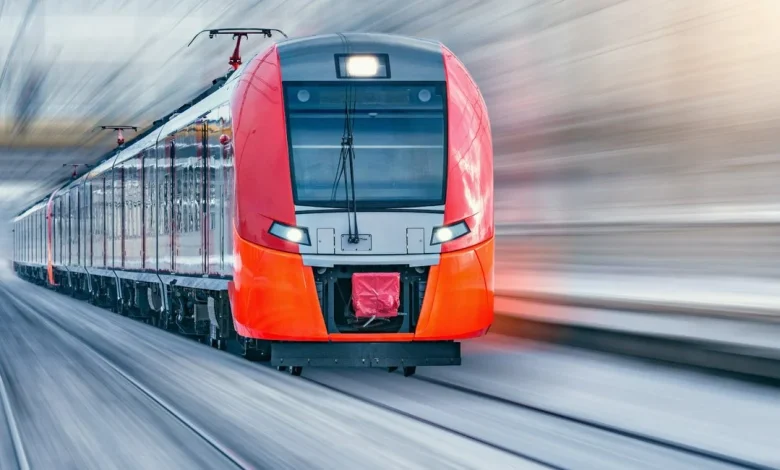Prague left off high-speed rail map as EU unveils transport revolution

The European Commission on Wednesday unveiled plans for a high-speed rail network connecting major European cities by 2040, but Prague will have no direct routes to Western capitals like Paris, Rome, or Amsterdam under the proposal.
The High-Speed Rail Action Plan aims to reduce travel times across the continent, with Berlin to Copenhagen expected to drop from seven hours to four by 2030, and new direct routes linking Paris to Lisbon and Tallinn to Warsaw. But travelers from Prague to Western Europe will still need to transfer through Berlin or Vienna.
“High-speed rail is still concentrated today in just a few member states: Spain, France, Italy, and Germany, while Central and Eastern Europe remain unfortunately still poorly connected,” said EU Commissioner for Sustainable Transport and Tourism Apostolos Tzitzikostas in a press release.
The plan will reduce Prague-Vienna travel from four hours to 2 hours 15 minutes by 2035, but shows no direct high-speed connections to other major destinations.
EUR 100 billion package announced
The comprehensive transport package commits EUR 2.9 billion through EU instruments by 2027, with total investment needs reaching EUR 100 billion by 2035.
The rail plan includes binding timelines by 2027 to remove cross-border bottlenecks, speeds “well above 250 km/h when economically viable,” and enhanced cross-border ticketing systems. Executive Vice-President Raffaele Fitto called it “cohesion in action” that would “bring citizens closer together.”
The package also allocates EUR 2 billion for sustainable fuels under InvestEU and €300 million through the European Hydrogen Bank for aviation and shipping fuels.
Berlin-Vienna axis leaves Prague as spoke, not hub
The Commission’s vision for 2040 shows Berlin and Vienna emerging as mega-hubs for Central Europe, with multiple high-speed lines radiating outward. Prague appears primarily as a spoke connecting to Vienna, and little else.
Under the plan, travelers from Prague wanting to reach Paris, Rome, Amsterdam, Brussels, or Lisbon by high-speed rail will need to transfer through either Vienna or Berlin. No direct high-speed connections are planned.
“Imagine travelling between Berlin and Copenhagen in four hours instead of seven. The train would definitely be preferred to the plane,” Tzitzikostas said, highlighting one of the showcase routes. Similar direct connections bypass Prague entirely.
The Prague-Vienna route will see improvements, dropping from four hours to two hours 15 minutes by 2035. But this timeline places Prague in the plan’s middle phase, behind priority routes like Copenhagen-Berlin (operational by 2030) and ahead of only the final 2040 phase connecting cities like Budapest and Bucharest.
The phased rollout reflects regional priorities: Copenhagen-Berlin goes live by 2030, Prague-Vienna by 2035, and final routes like Budapest-Vienna and Budapest-Bucharest by 2040.
Transfer point, not destination
The structure of the network raises questions about Prague’s positioning in the new European transport hierarchy. While the city draws more than 8 million visitors annually, the high-speed rail map suggests it will function more as a connection point than a hub in its own right.
Prague’s existing rail connectivity tells a different story. The city currently has regular sleeper train services, including the European Sleeper to Brussels and Amsterdam three times weekly, and Czech Railways’ overnight services to Switzerland, Hungary, Poland, and beyond.
RECOMMENDED ARTICLE
But the distinction between sleeper trains and high-speed daytime service is crucial. Overnight trains serve tourists with time to spare and don’t enable same-day returns. High-speed rail caters to business travelers, weekend city-breakers, and the kind of spontaneous travel that drives economic integration.
For a Parisian wanting a weekend in Prague, the options remain limited: book a sleeper train days in advance, or take a high-speed train to Vienna or Berlin and transfer. Compare this to the Commission’s vision of breakfast in Paris and lunch in Madrid via a single six-hour train ride.
Every business has a story. Let’s make yours heard. Click here





